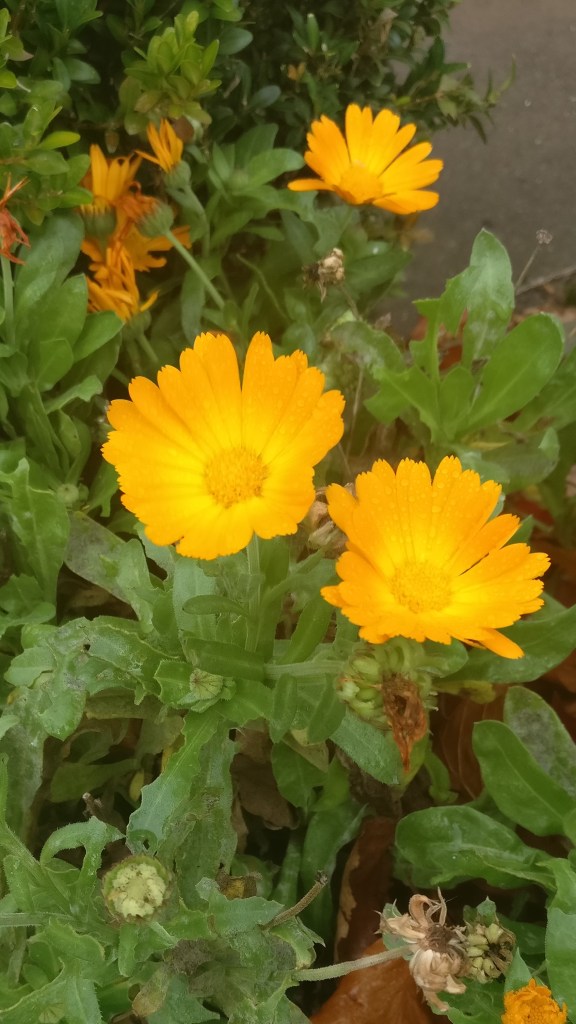
The evergreen Agapanthus africanus have just begun to flower and they look stunning this year. I have reduced my stock to just three plants in 20 litre plastic pots which are now in their third year since splitting them. 16, 18 and 20 flower stems which is the most ever. The heads are fully 30cm across on stems 1.2m high. They make quite a statement!

Hydrangea arborescens ‘Annabelle’ almost at full throttle now with her big beautiful creamy flowerheads being cradled by hazel supports beneath. I love this shrub but it does need a lot of water and support to do well. Quite a needy plant in my garden. Others tell me it is trouble free in theirs. It’s all about the soil!

Just behind Annabelle sits pink Linaria purpurea ‘Canon Went’, alongside his common purple cousin and the indestructable and long lasting pink Diascia personata which should definitely be grown in more gardens. I haven’t met anyone who knows this plant which is such a shame as it is such a good doer.

This is an extra pic to show how well the combination works.

This was controversial at my garden opening recently. It is the true Valerian, Valeriana officinalis, the root of which has been used since Roman times to treat insomnia. It is a very tall plant, 1.8m high, with a beautiful pinky white umbellifer flower which has an odd sweet smell which, as I found out, is not to everyone’s liking! I think is is rather musky and spicy but one visitor described it as the smell of “wet pants”!

The Petchoas (a cross between a Petunia and a Calibrachoa) in the basket are doing rather better now but not showing much sign of trailing yet. The colours still don’t excite me, I find them too subtle and a bit dull for the impression a basket by the front door is supposed to make. I think they work better in pots at low level. I won’t be using them in baskets again!

Some years ago I grew seeds of common Scabiosa atropurpurea, a distant cousin of the common field scabious, which thrives in my dry summer clay and self seeds everywhere. They now pop up in every variation of red, pink, purple, white and cream. One of the best plants for pollinators, tall and self supporting, long lasting, unfussy and beautiful. All from a single free packet of seeds on the front of a gardening magazine.
That’s my six for this week.
Have a great weekend
David






